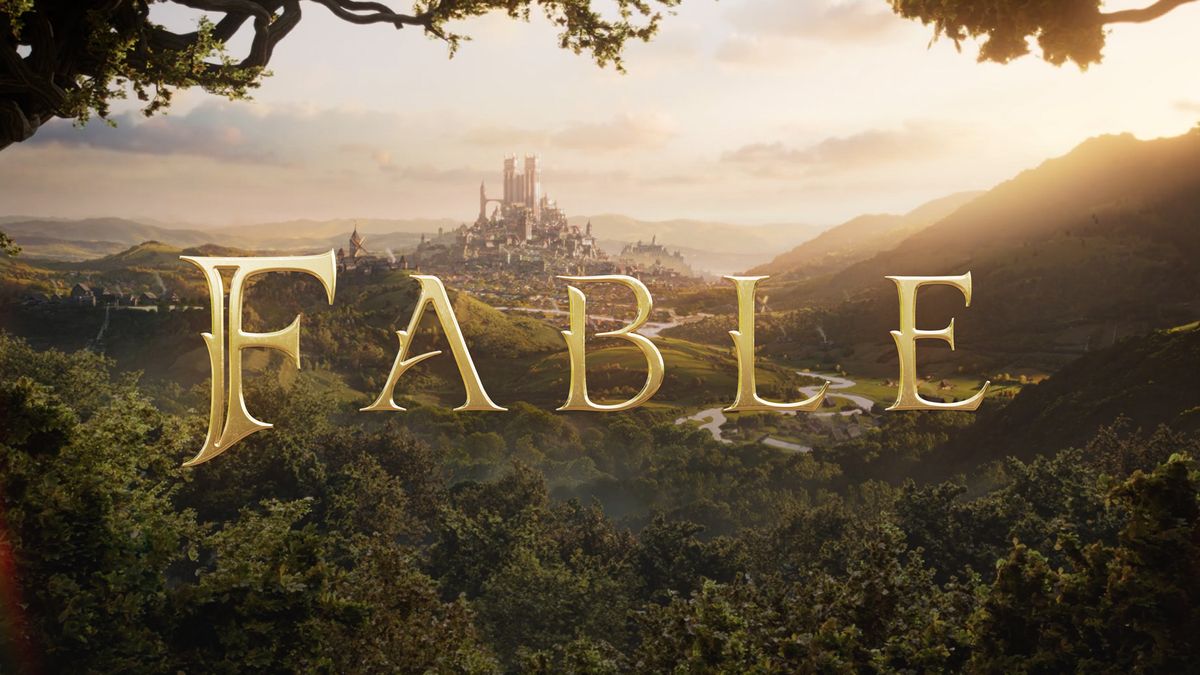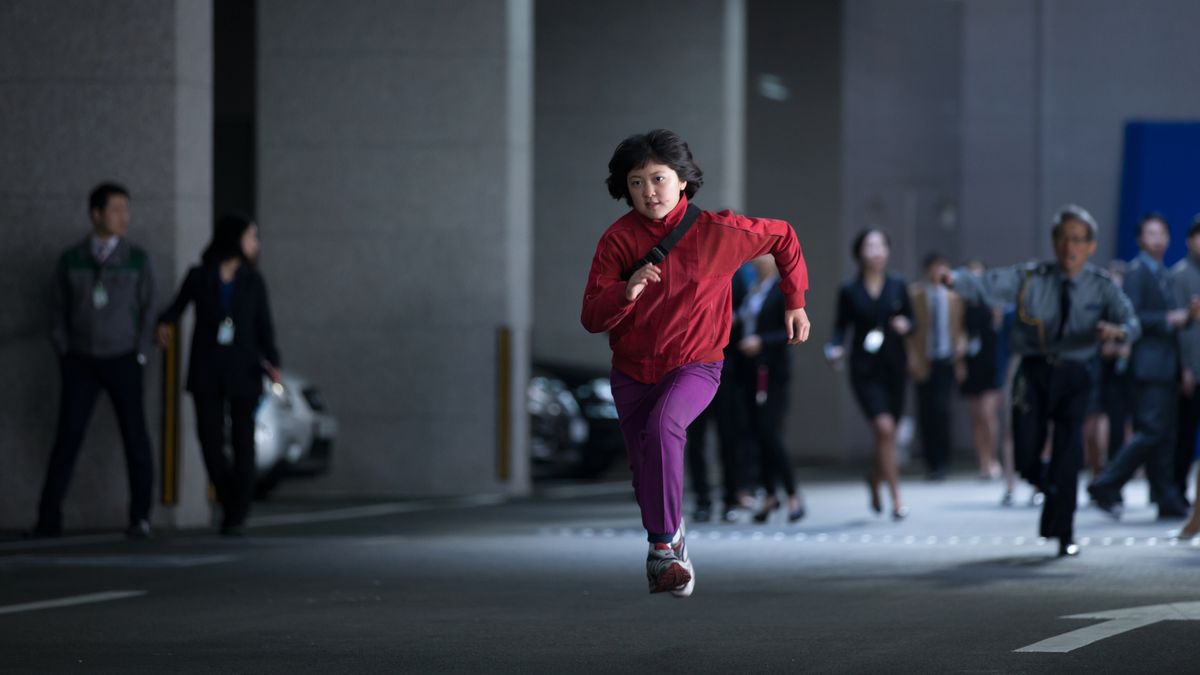If you hadn’t heard, Nintendo released two new versions of its 3DS handheld system in Japan earlier this month–search-engine-confoundingly named New Nintendo 3DS and New Nintendo 3DS LL (aka XL). So how come Old Nintendo 3DS owners in the US and Europe aren’t gritting their teeth this very moment, internally debating whether to drop another couple hundred bucks on the upgrade? Because Nintendo doesn’t think the first generation has sold enough units yet.

Nintendo CEO Satoru Iwata explained in a briefing for investors (opens in new tab) today that it based the decision on 3DS’ comparative popularity in Japan and overseas. In Japan, almost 17 million 3DS systems have been sold in the three and a half years since launch, and sales appeared to be slowing down–demand was satisfied, so a new product was introduced. Neither the US nor Europe have exceeded that figure despite their larger population’s much greater potential for sales–thus, “an earlier stage of popularization in these two markets”.
Keep in mind that this isn’t a neat-but-inessential upgrade like moving from DS to DS Lite (“It’s lighter! It’s brighter!”). The New 3DS designs add a C-stick on the right side of the system, two extra shoulder buttons, a 3D effect that works from a wider range of angles, a built-in NFC receiver for Amiibo compatibility, and an improved processor. Said processor reduces load times in the system’s interface, improves download speeds, and–here’s the kicker–allows it to play more CPU-intensive games like the upcoming Xenoblade Chronicles port. It’s more like the upgrade from Game Boy to Game Boy Color, if Game Boy Color also added L and R buttons and sweet customizable faceplates.

To be fair, Nintendo might not have enough manufacturing resources to satisfy holiday demand for a new system in additional regions, and demand for all the old systems sitting on shelves would suffer if it announced a global release date. But if those concerns also figured in, Iwata didn’t express them. What he did express was concerning, if not surprising, considering the company’s long history of head-scratching business decisions: they plan to hold a cool new product back in certain parts of the world because the old, less-attractive-by-comparison models haven’t done well enough yet.
This isn’t some kind of Prime Directive, developing-society-just-isn’t-ready-for-it type of deal. We can see what’s going on. Everybody who buys one of those new old-3DS bundles (opens in new tab) this holiday season is spending money on a console that simply can’t play some upcoming 3DS games. Maybe, after all those poor sods shell out for soon-to-be outdated systems, 3DS will be popular enough overseas for Nintendo to release the New-and-improved versions? Yeah, maybe. But any strategy that treats a whole bunch of flummoxed customers as a necessary evil sounds pretty short-sighted to me.
 Game News Video Games Reviews & News
Game News Video Games Reviews & News



